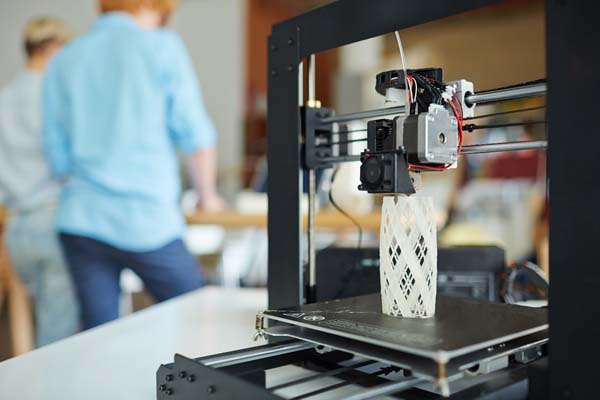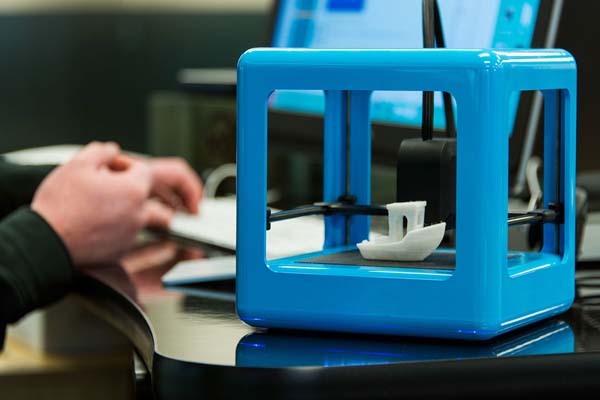The Future With 3D Printed Textiles
Printing on textiles is nothing new and the process itself dates back to 220 BC. In 1676, technology textile printing was introduced in England by a French refugee. Since then, a number of textile printing techniques have been introduced to make textiles look appealing. Rather than using a printer to just print designs on the textile surface, what if the whole textile is created using a printer? That’s what 3D printing is all about.
What the future would look like with 3D printed textiles
To get a glimpse of how 3D printing could affect our lives, imagine this. It’s a cold winter evening and you realize that you’ve missed out buying a sweater that was on your winter shopping list. Without wasting much time or risking to go out in the freezing weather, you open your computer, browse a few sweaters, pick the one in your favourite colour, add your size and hit ‘print’. The 3D printer that was sitting idly beside powers up and start printing the sweater that you’ve chosen. It keeps adding layers of material on top and based on the given dimension until the sweater becomes a real, three-dimensional object that you can wear. After some time, you put on the sweater and retire to the couch to watch your favourite show just on time. This is the level of ease textile 3D printing can bring to our lives. And remember, there was no need for physical inventory or logistics in the above scenario.


A future that’s not too far away
One of the major challenges facing textile 3D printing is the inflexibility of the final product as it is today. But even while you’re reading this, a number of startups and industry giants are trying to resolve this problem by innovating flexible materials for textile 3D printing. This very drawback has currently limited 3D printed textiles to just runways. Lately, 3D printed textiles in runways have come to mean eccentricity and uniqueness.
The benefits of 3D printed textiles can be experienced in full when the technology becomes democratized - when 3D printing becomes possible in every household. Such a future could appear very aspirational, but it might be just one major technological change away, just like transistor technology shrunk the bulky computers and made them fit into our palms.
The end of wearables
The impact of 3D printing could be immense on technical textiles. The innovations in foldable transistor technology will make it possible for embedding electronic devices in technical textiles using 3D printing technology. This will lead to a giant leap for activewear as the clothes can themselves monitor body temperature, blood pressure, walking speed etc., This could even eventually lead to the end of wearables as we know it.

What lies ahead
3D printing of textiles could open up a world of new possibilities. However, for 3D printed textiles to create a future that we envisage, advancements in material science, as well as embedded electronics, must converge to unlock the full potential.
Your Comments
INDUSTRIES WE SERVE












